"Improvement in quality is regarded as the principal advantage of prefabricated housing" (Cook, Construction Information Quarterly, 7.2 2005, p54).
Prefabrication can potentially offer ‘more for less’: more quality for less time at site, more known outcomes and less unknowns, and potentially more energy efficiency for less resource use. The importance of tangible outcomes in cost, quality and timeframe are evident through the consumer process of visiting a show-home, choosing from material samples, observing the factory manufacture, and watching the house arrive at the building site. These merits of prefabrication are potentials, rather than givens, as each individual example of prefabricated building has its own particular systems and processes.
There is still confusion – mostly amongst end-consumers – that prefabrication will primarily deliver a more cost-effective solution, when the industry acknowledges that the main advantage is a higher quality solution. This higher quality is achieved through closer coordination of labour, materials, machinery and sub-trades in factory conditions. Testing, evaluating and resulting remedial work can be carried out before the product leaves the factory floor. Further prefab pluses are grouped here into technical, social, economic and sustainability merits.
Technical merits include tight quality controls of workmanship and materials, increased speed of production through concurrent factory manufacture and site-based works, and the ability to test systems within the factory. This testing, together with minimising joints, can reduce the level of defects and subsequent defect liability period post-occupancy, this means less stress for the client and less costs for the contractor, a win-win situation.
Social merits include being able to work under cover during inclement weather, having tools and amenities close at hand, and improvements in health and safety. Investment in machinery and training can lead to longer-term employment stability. Prefabricated homes can be aesthetically dissimilar from each other, and often indistinguishable from conventionally constructed buildings.
Economic merits include the cost savings to customers and developers from a shorter period of financial borrowing as a result of shorter timeframes, and reduced defect liability periods. Time savings are potentially between 30-60% of a traditional construction process according to some United States modular manufacturers. Timeframes and costs will also be decreased by eliminating dependence on weather for site-based construction, easier coordination of trades in-house, and price advantages from bulk ordering. Transport costs can be reduced to a few trips or just the final building from factory to site.
Sustainability merits include reduced material waste through efficient ordering, indoor protection, pre-planning and cutting, and re-use). Material usage is thought to be saved by up to 75% for modular construction, according to US manufacturers. Currently 40% of New Zealand’s waste is created by our construction industry so there could be great improvements made in the area of waste minimisation. Potential site benefits of prefabrication include less disruption, noise, pollution, effluence, ground-works, traffic, and fewer deliveries. It has been estimated that a complete building delivered to site can use less than half the energy in running costs compared with an average home. Factory testing and quality controls enable a tighter building envelope and better energy efficiencies for reduced running costs.
Together, these prefab pluses are well poised to tackle current construction industry challenges such as a low-skilled construction workforce, increasing market demands for higher quality housing, and increasing industry regulation. These potential merits are particularly valid to New Zealand as the construction industry experiences increasing demands due to repairing Leaky Buildings, re-building in Canterbury and pent-up housing demand in the Auckland region.
FYI: see what PrefabNZ is doing in Canterbury to increase understanding of prefab pluses - the Hive Home Innovation Village - opening March 24/25 at Canterbury Agricultural Park - running until early 2014.
Written by Pamela Bell, founder of PrefabNZ.
Pamela is a consultant for innovation in the built environment. For more information, visit her website.








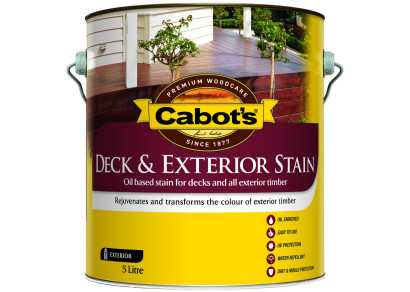




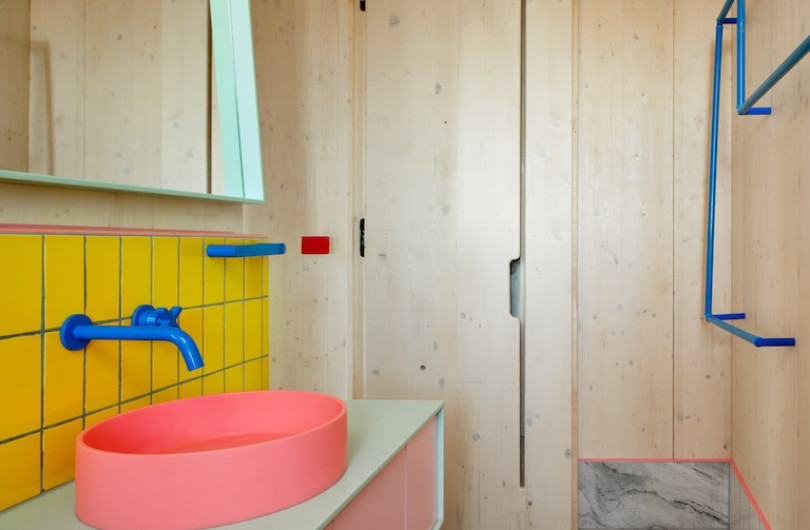
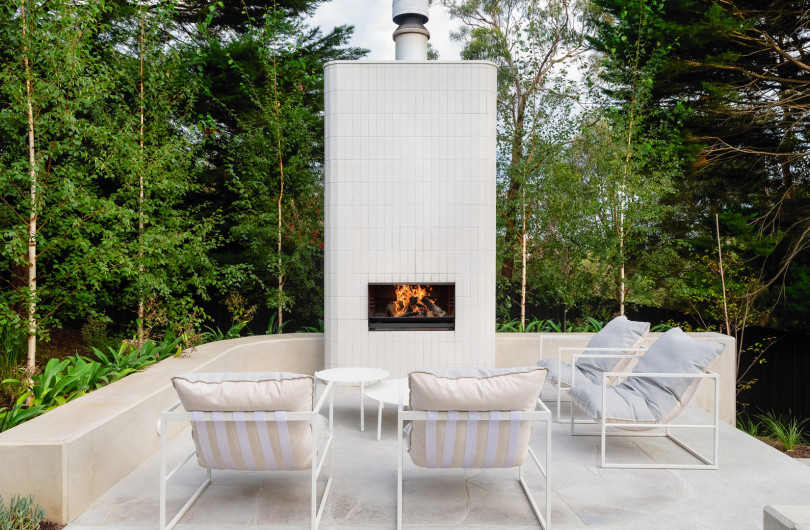




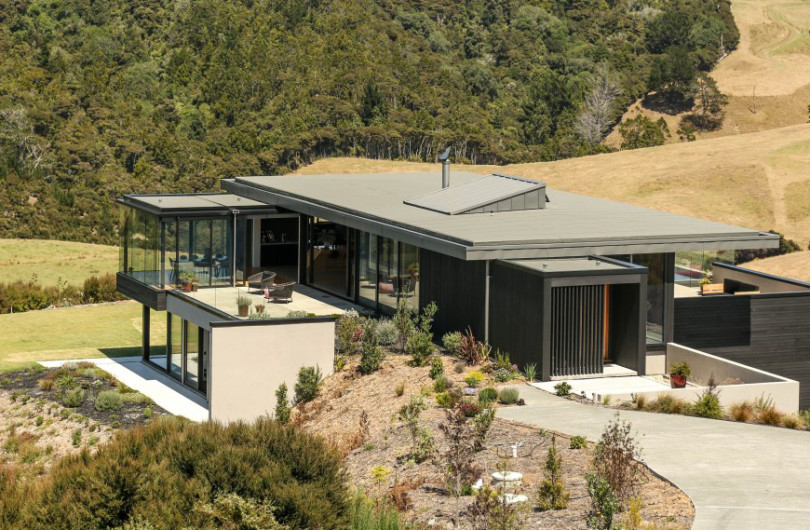



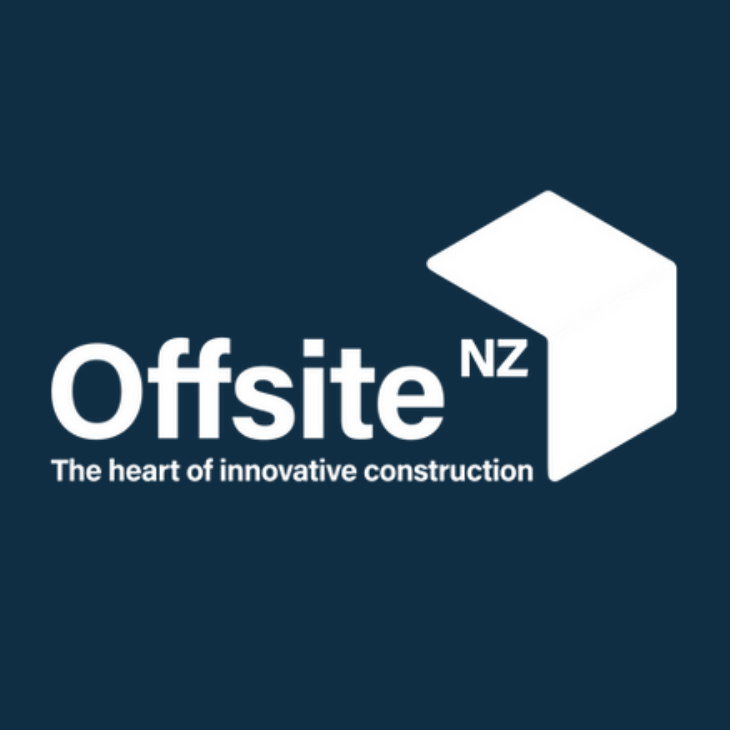



 Most Popular
Most Popular Popular Products
Popular Products



